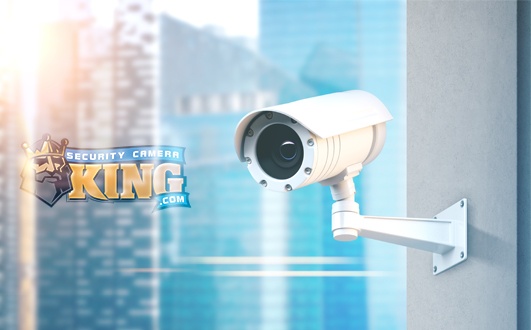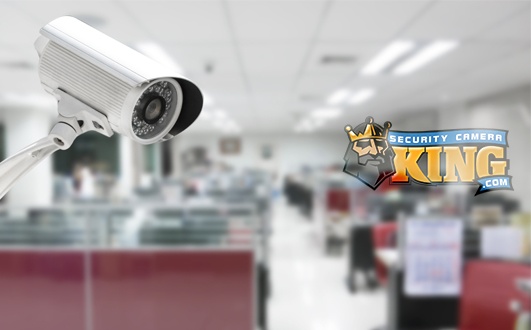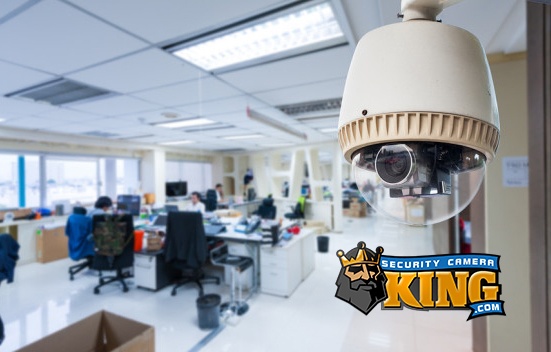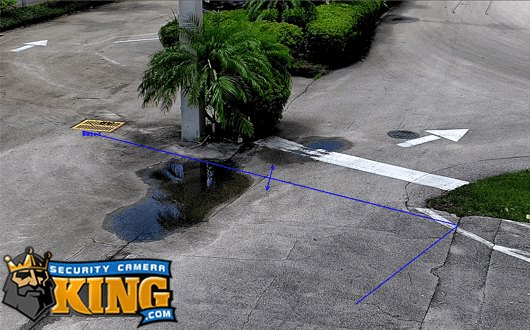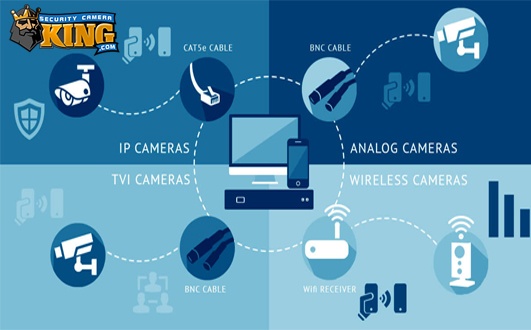Many customers always ask questions about how to make the DVR more efficient. A lot of these questions are related to recording space, motion detection and bandwidth.
Today I will write about some of the settings I consider the most important to make your DVR more efficient, from disc capacity, motion detection and quality of recording.

How many days you want to store?
Having an Idea of how many days you want to get from a security system is crucial, because it will determine how much space is required to accomplish your recording day goals.
I always picture the storage size I need based on the amount of cameras I am installing in the DVR, also where they are going to be installed. The reason for this is because having cameras installed in places where there is a lot of movement it means more storage will be used, therefore more space is required.
Another variable I will take into account is the resolution and how should I be recording in the DVR; Fundamentally you have 2 options, based on motion or continuous record (24/7 non stop)
Motion Detection, Alarm and Continuous Recording
All of our DVRs have the capability of using different types of schedule recording. You can, in theory record using different methods depending of your needs, i.e you could configure your DVR to record on motion, continuous, at certain times, a combination of both or even when an external alarm is triggered if connected to the DVR.
Motion is the common type of recording that customers choose when setting up the DVR and this will be the best scenario when it comes to save space and achieve your goal.
You could also save more space by configuring the DVR to record only when alarms are triggered then have a camera activate video recording when these devices get triggered. This is ideal for areas that no one is supposed to be there, such as a private vault or an office, where they need to open a door or pass through an area that will force to activate the alarm contact. This is ONLY ideal for those cases where you don’t want people to know that you are recording and there are no camera or visible alarms.
Continuous recording are considered the most hard drive space consuming when it comes to saving space. The system will record regardless if there is any object in front of the camera or if a camera is connected physically to the DVR. This method on the other hand is used in specific areas such as banks and heavy pedestrian traffic.
How to avoid false motion detection events?
Many times you will get false motion detection creating empty files in your drive and when searching for events like this can be very difficult because they are just like regular motion events. To minimized these types of false motion events there are a few settings we can adjust to reduce false events.
Anti Dither:
Anti-dither is a feature that is been around for decades and its function is to delay a trigger. To explain this much better imagine that you are going to take a picture and you setup a timer in your camera. In CCTV when DVRs are configured by motions you can set each camera to have a delay when something is on front of it. By having this set to 5 seconds as a test, then the object that will eventually trigger motion needs to be on front of the camera or in frame for 5 seconds for the DVR to realize that there is something in there. After this threshold is met then the camera will activate its motion feature then it will start recording.
Sensitivity:
Sensitivity is a parameter that will help you adjust how the camera senses motion based on object size. The lower the sensitivity the bigger the object needs to be and also the closer it needs to be of the camera to be detected. The higher the sensitivity level of the camera, the smaller the object is needed to trigger motion.
Region or Mask:
When it comes to avoiding any type of false motion events, using region on a DVR will do the trick. This is basically setting spots on a check marked frame that you want to have no detection at all. Imagine the camera is installed in your backyard and is looking at trees in the background. Your crucial breaking points where possible intruders could get in is in the foreground of the same area. Then when trees move it will cause a lot of motion events just because of the fact that there are changes in the pixels, therefore the DVR will recognize that as a motion event. One thing you can do is use region to mask the background area where the trees are and the camera will basically omit that region in the image. Also notice that if motion is triggered in the foreground area and it meets the threshold of the Anti-dither, then you will have a motion event with the trees in the background as well. In another words, region does not remove part of the video if motion is detected, instead is just an algorithm that tells the DVR to not detect anything within the region.
Below a video that demonstrate how to mask an area:
[youtube http://www.youtube.com/watch?v=OKwps1Cot6E]
The biggest challenge of motion detection configuration is to find the settings that do not produce false alarms and at the same time do not miss any actual intrusions. The rule of thumb is: the sensitivity should be as high as possible while not producing false alarms and also adjusting the sensitivity according to the environment. The default sensitivity level of our Security Camera Kind DVRs is 3 (on a scale of 0-6) and it is a good setting for most standard cases.
Follow this link to find a great calculator to figure out what storage size you need for your DVR and NVR.








